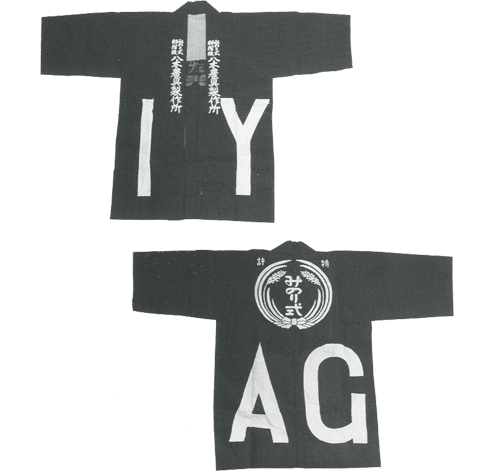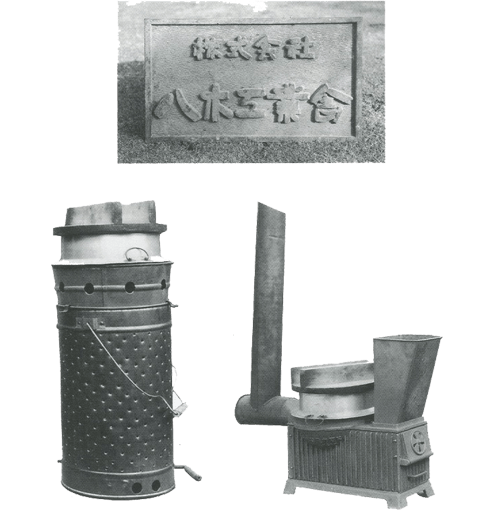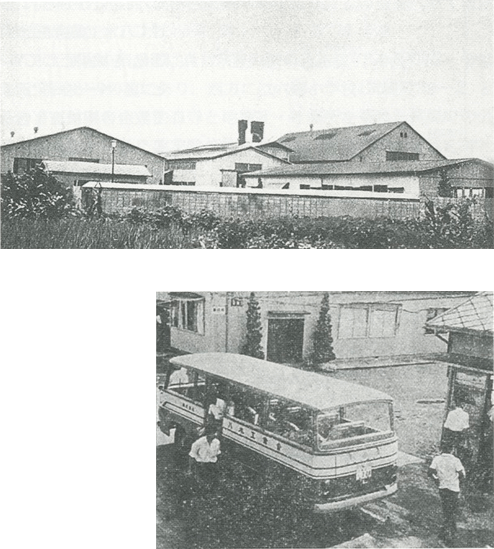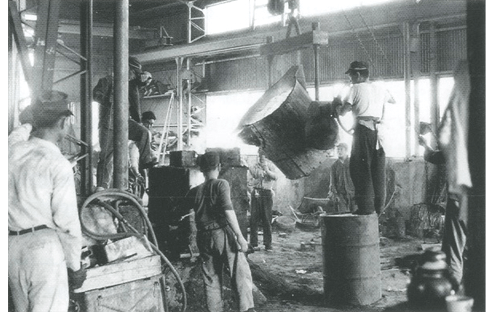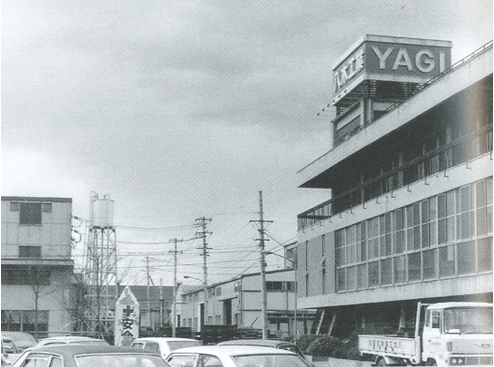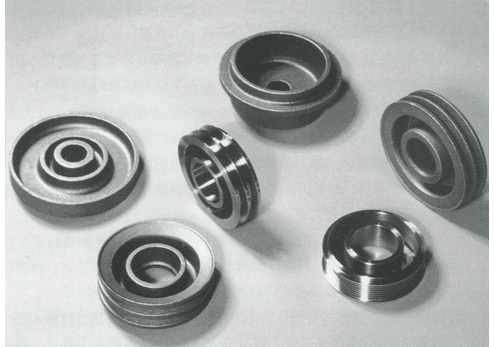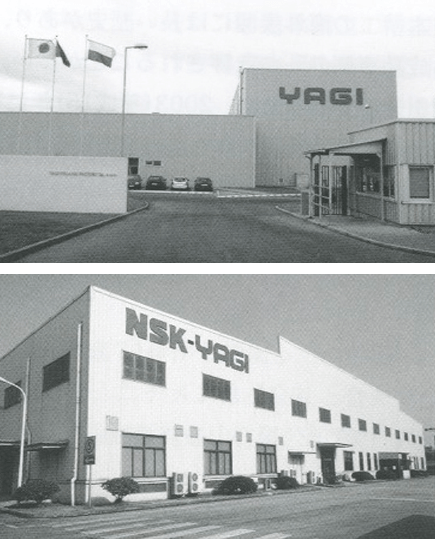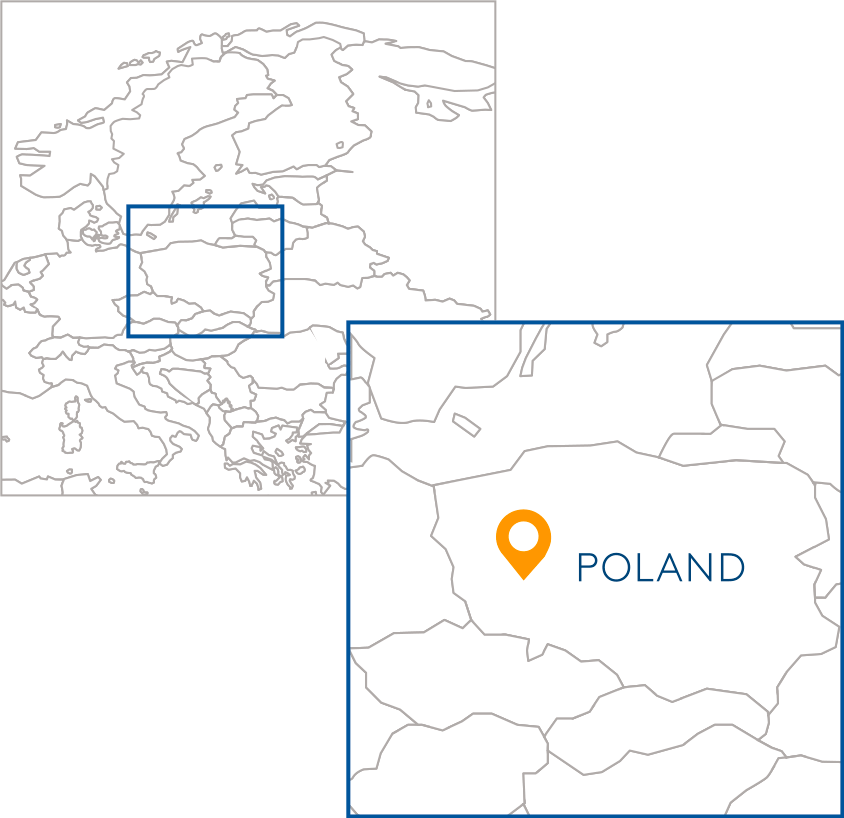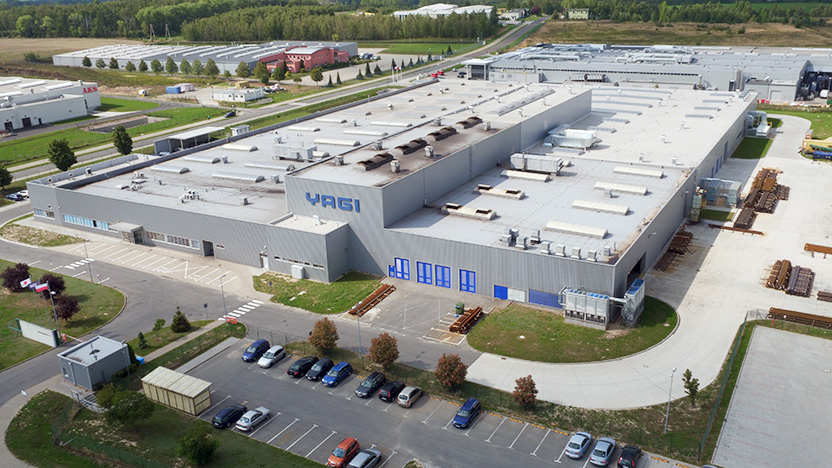OUTLINE
| 1914 | Established as Yagi Farm Tools at 23 Ohashi-machi, Takasaki. |
|---|---|
| 1924 | Relocated to Tsurumi-cho and reorganized as a partnership company YAGI INDUSTRIES. |
| 1956 | Main office is relocated to Namie-machi. New factory is established. |
| 1960 | Second factory is established at Shimokotori-machi, Takasaki. |
| 1961 | Incorporated with Capital of 5 million yen. |
| 1963 | Main office is relocated to Shimokotori-machi, Takasaki. |
| 1965 | Capital is increased to 10 million yen. |
| 1966 | New forging line in the first main factory; a new press line, capacity of 1,600 tons, and a sequential annealing furnace are installed. Capital is increased to 30 million yen. Designated as Gunma Prefecture's smaller business model factory. |
| 1968 | New factory is established at 3121 Kuragano-machi, Takasaki. Main factory is relocated. |
| 1970 | Renamed to YAGI INDUSTRIES CO., LTD. Capital is increased to 45 million yen. |
| 1975 | Second forging factory is established at a new extension of the main factory. Forging press of 1,600 tons (line 5) , 2,500 tons (line 6) , and a sequential annealing furnace (No. 4 furnace) are added. Capital is increased to 49.5 million yen. |
| 1977 | Forging press of 1,600 tons (line 7) is added at main factory. Capital is increased to 59.5 million yen. |
| 1981 | Designated as a smaller business rationalized model factory. An automated forging press (line 9), capacity of 1,800 tons, is added at main factory. |
| 1984 | An automated forging press (line 10), capacity of 3,000 tons, a hot multistage former (line 11), an automatic sphere annealing furnace , and a shot blast machine are added at main factory. Capital is increased to 77.22 million yen. |
| 1987 | Main office (2-story Ferro-concrete building) is remodeled. |
| 1988 | An automatic forging press (line 12), capacity of 1,600 tons and two diesel generators of 1,500kW each are added at main factory. Capital is increased to 88.88 million yen. |
| 1990 | An automatic forging line (line 13), capacity of 2,500 tons, is added at the main factory. |
| 1991 | A shearing machine, capacity 380 tons is added and a forging press (line 7), capacity 1,600 tons, is renewed. |
| 1992 | First machining center is established at main factory. |
| 1993 | Second machining center is added at main factory. |
| 1994 | A NC lathe (TF20) is installed at main factory. A gate type-machining center is installed at main factory. |
| 1995 | An automatic forging press (line 14), capacity 2,500 tons and a NC lathe are added at main factory. |
| 1997 | NC machining factory (M3) is established at main factory. |
| 2001 | An automatic forging press (line 15), capacity of 3,800 tons and a shearing machine, capacity 450 tons, are added at main factory. Acquisition of [ISO 9001:1994] Certification. |
| 2003 | Acquisition of [ISO 9001:2000] Certification. Machining Line for HUB (4 lines) are installed in M3 Plant. Yagi Poland Factory (YPF) was established in Zarow, Poland. |
| 2007 | Acquisition of [ISO 14001:2000] Certification. Machining Line for HUB (2 lines) are installed in M2 Plan. |
| 2008 | NSK-Yagi Precision Forging (Zhangjiagang) Co., Ltd. (NYF) was established in Zhangjiagang, China. |
| 2010 | An automatic forging press (line 16), capacity of 4,000 tons is added at F4 factory. |
| 2011 | A large ring rolling mill and a hydraulic press are added. |
| 2014 | Ceremony of the 100th anniversary in business was celebrated on March 1. |
| 2018 | Dissolved the joint venture with Ensi Kebamu Precision Forging (Zhangjiagang) Co., Ltd. |

